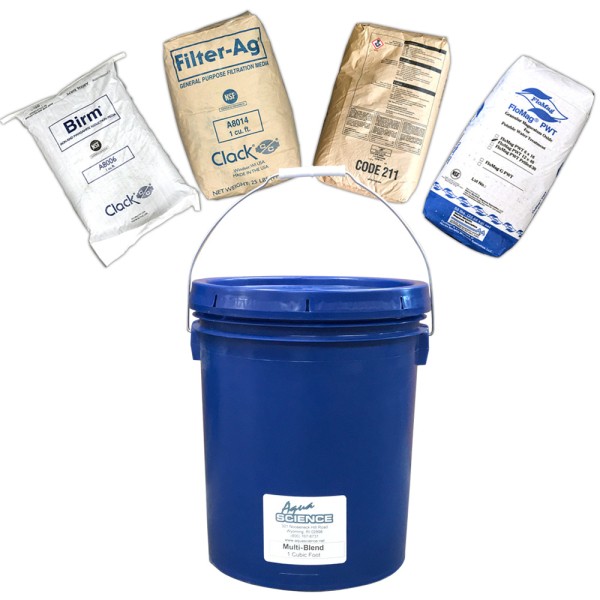When it comes to technical products like water systems, filtration units, or specialty pumps,
the decision isn’t just about clicking “add to cart.” Choosing the right model, sizing it properly,
and ensuring correct installation can mean the difference between years of reliable service and an expensive mistake.
The Amazon Problem
Amazon is designed for speed and volume, not for accuracy and service.
Technical products are often engineered together under confusing listings, with little to no expert guidance.
Too often, customers end up with the wrong part or an incomplete kit — and then face the frustration of returns and delays.
Why Online Direct Suppliers Are Different
- Expert Guidance: We don’t just sell products; we help you choose the right one for your specific system.
- Installation Support: Our team is here to answer your questions, walk you through installation, and troubleshoot if needed.
- Quality Assurance: Every product





Validate your login